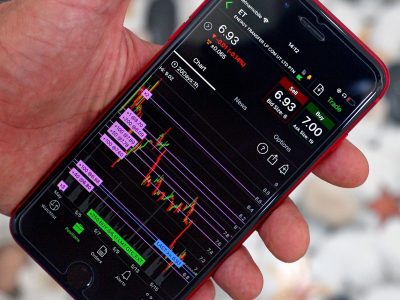
The US Bureau of Economic Analysis reported a 2.8% rise in real gross domestic product (GDP) for the third quarter of 2024, which is a slight decrease from the 3.0% growth seen in the previous quarter and below market expectations.
This GDP growth has largely been fueled by an uptick in consumer spending, exports, and federal government expenditures.
However, the rise in imports has also had an effect on the overall GDP calculation.
Consumer expenditure has increased on both products and services, notably nondurable items like prescription drugs, automobiles, healthcare services, and food.
Exports expanded as well, particularly in capital goods, while federal spending increased significantly in defense-related fields.
Comparison with the previous quarter
The slowdown in GDP growth during Q3 can be attributed to a decline in private inventory investment and residential fixed investment.
Nonetheless, this was offset by gains in exports, consumer spending, and government expenditures, despite the increase in imports.
The current-dollar GDP rose by 4.7%, hitting $29.35 trillion in Q3.
The price index for gross domestic purchases climbed by 1.8%, while the personal consumption expenditures (PCE) price index went up by 1.5%.
When excluding energy and food costs, the PCE index increased by 2.2%.
Personal income trends
Personal income increased by $221.3 billion in the third quarter, driven by considerable compensation growth.
Disposable personal income increased by $166.0 billion, or 3.1%, for a real gain of 1.6%.
This paper highlights the US economy’s uneven third-quarter performance, demonstrating resilience in the face of numerous sector headwinds.
The “second” estimate for this quarter is scheduled to be released on November 27, 2024, and it is expected to shed more light on the economic picture.
Analysis of personal savings for the recent GDP estimate
In the third quarter, personal savings experienced a drop, decreasing from $1.13 trillion to $1.04 trillion compared to the previous quarter.
Additionally, the personal saving rate—a measure of savings as a percentage of disposable personal income—also fell, moving from 5.2% to 4.8% during the same period.
This change in saving behaviour highlights shifts in consumer habits and overall economic conditions occurring at that time.
The GDP estimate that has been released relies on preliminary data, which may be revised later by the agency providing the information.
For more detailed insights on the source data and the key assumptions that went into this initial estimate, you can refer to the accompanying Technical Note and the “Key Source Data and Assumptions” document.
A more thorough “second” estimate for the third quarter, incorporating better data, is set to be published on November 27, 2024. Keep an eye out for updates and further analyses in the future.
The post US GDP sees moderate growth of 2.8% in Q3, slightly below market expectations appeared first on Invezz









